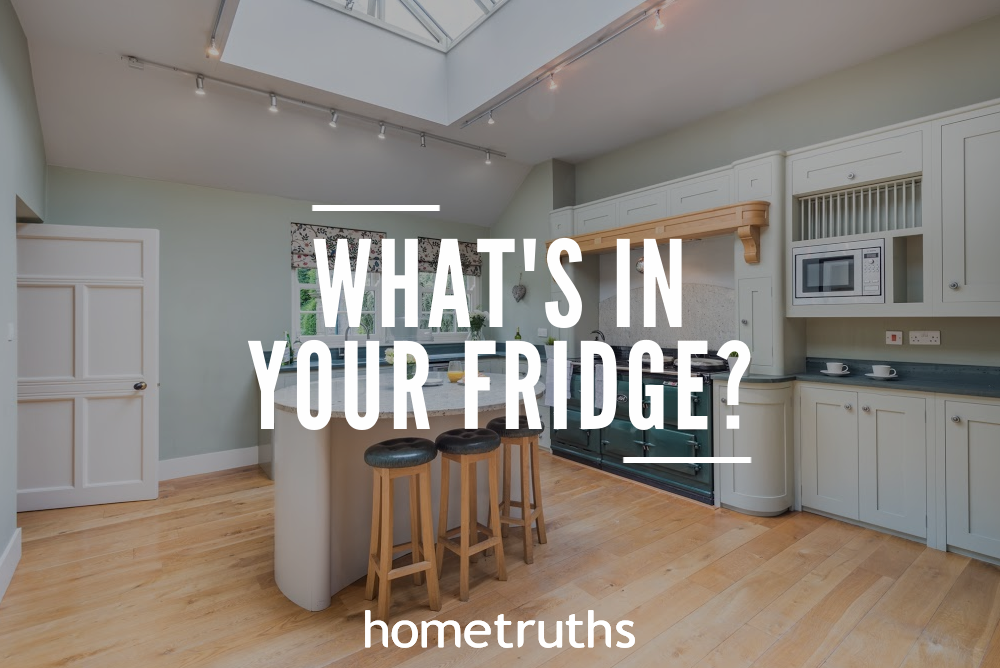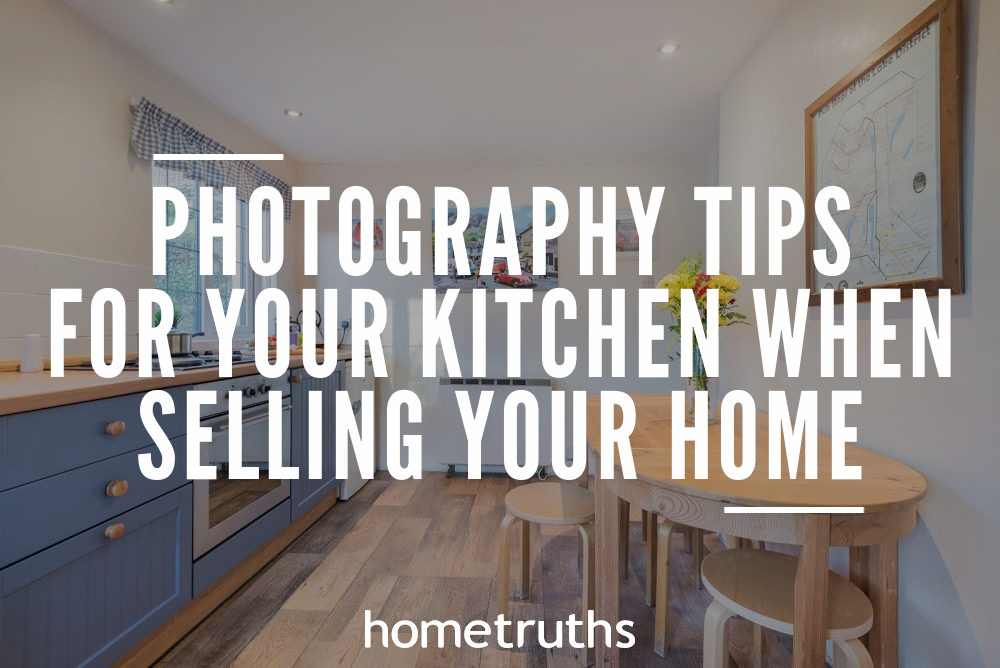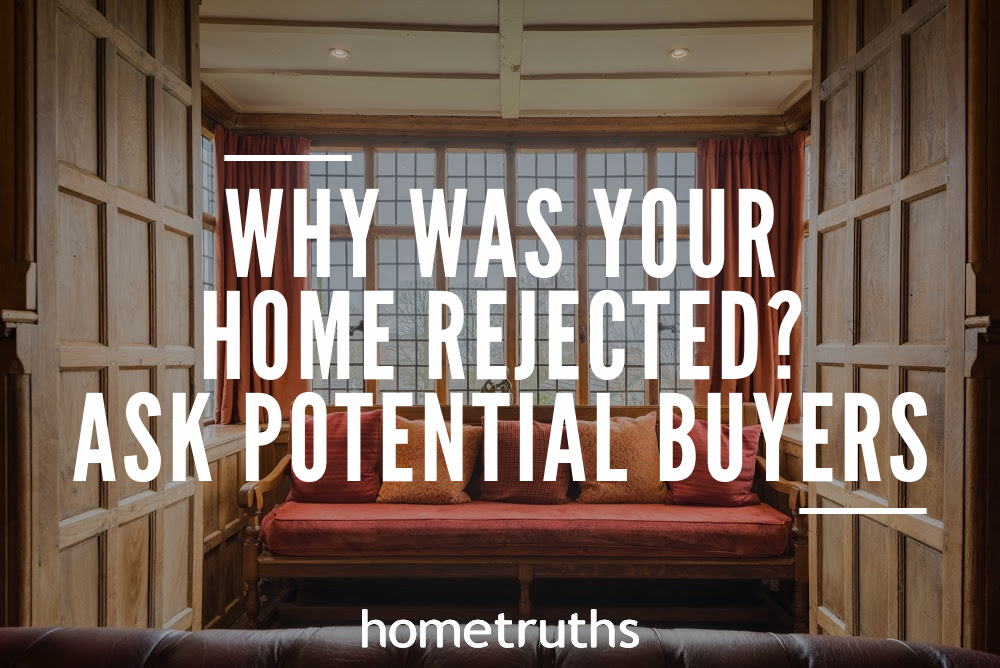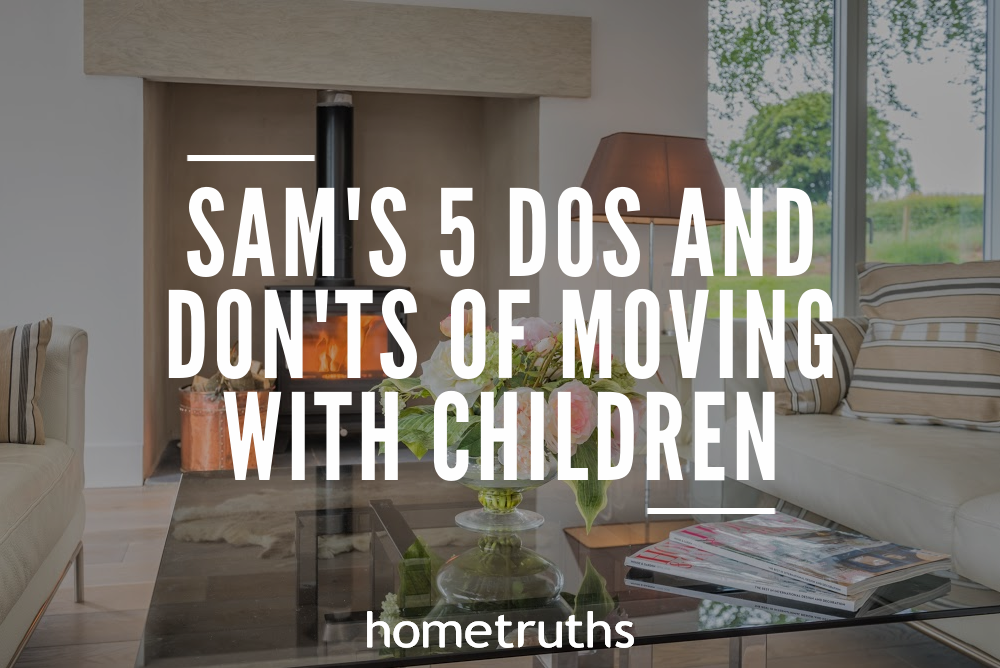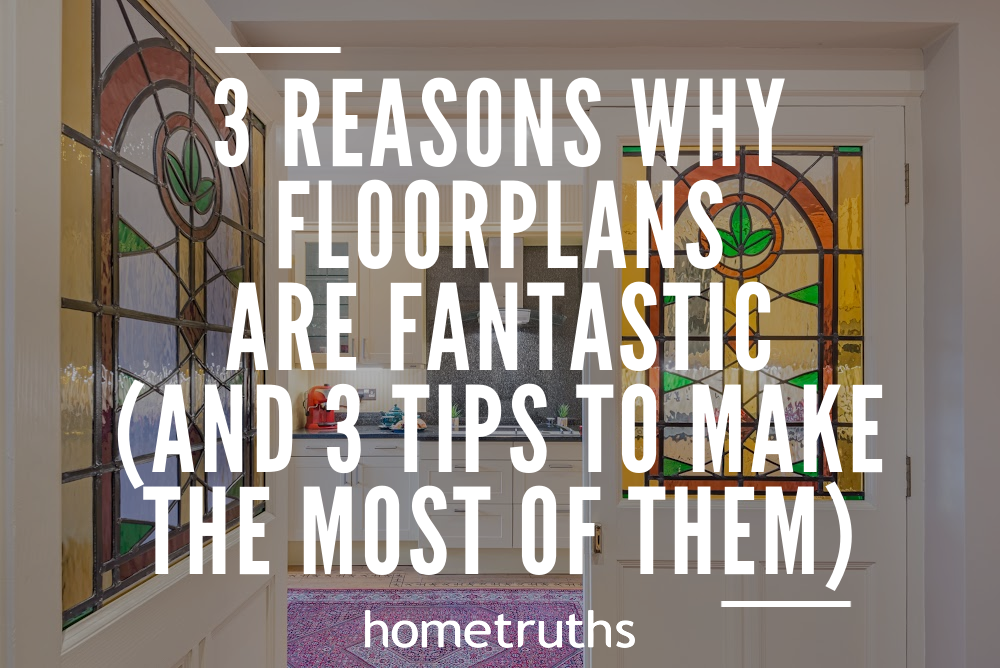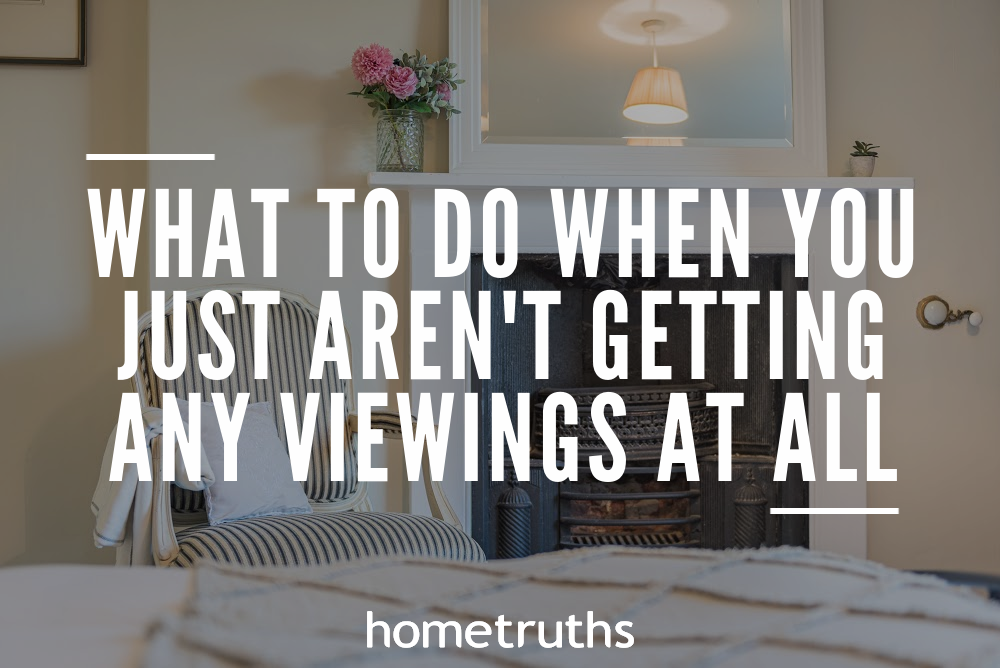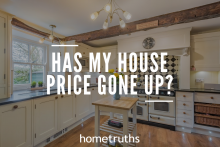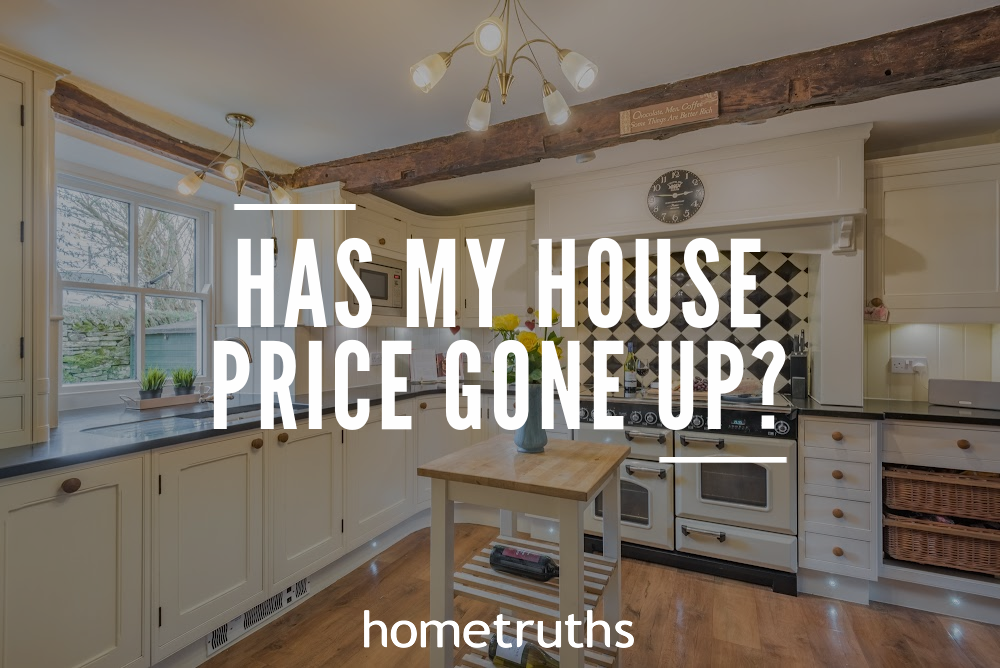Books can’t be judged by their cover; this is a fact. A gloriously beautiful sleeve might contain some dreadful drivel, which leads you to regret your impulse purchase at WHSmiths. Homes on the other hand, are always judged by their exterior façade; this is also a fact. An important one, at that. If you’re eager to sell your property but its frontage just screams to onlookers that you don’t love your home, you aren’t going to be getting many viewings. People judge within seconds, and a weed filled lawn will mean viewers don’t even make it to the front door.
The front of your home needs to be edging on picture-perfect; not only does it paint a good impression of the owners, it puts potential buyers in positive spirits before they have stepped in the door. Follow our tips for the prime things you need to have looking pristine before the ‘For Sale’ sign is hammered into your lawn…
Windows – If you have trouble looking past finger prints and dust on your windows from the inside, people will see that on the outside too. Give them a good clean regularly. Check on your window frames too; if they’re rotten, they aren’t going to look very appealing. Consider replacing them before putting your house on the market. Ensure that they fit in with the look of your home.
Front Door – People are drawn to the front door at first glance. Make sure it stands out by giving it a fresh coat of paint. The colour should fit in with the look of your house, so don’t make it too garish. Bright colours are in at the moment, but vivid pink might make your door a little overstated.
Neighbours – You would think your neighbour’s house wouldn’t matter, but it does. If they have rubbish on the lawn or anything else unattractive that really doesn’t need to be there, ask them politely if you can remove it. To make your plan less obvious, offer a hand; if you’re mowing your lawn, say you’ll do theirs too. The last thing buyers want to see is dirty surrounding houses.
Lighting – Many people might choose to drive by a potential property after dark, and it is essential that your house looks appealing. Having a nice lantern on the porch or a few front garden lights adds a special touch.
Clean & Neat – To give an overall good impression, ensure everything is as clean and spruce as possible. Repaint tired paintwork and railings, get rid of the weeds, trim the lawn, and make sure nothing unsightly is sitting on your drive, such as a skip.
By following such straightforward tips, the front of your home will be screaming with kerb appeal within hours, waiting to attract any interested party that wanders by your house.
If you’d like my help to sell your home more effectively, please answer a few short questions here and if I think I can help you, I’ll be in touch.




